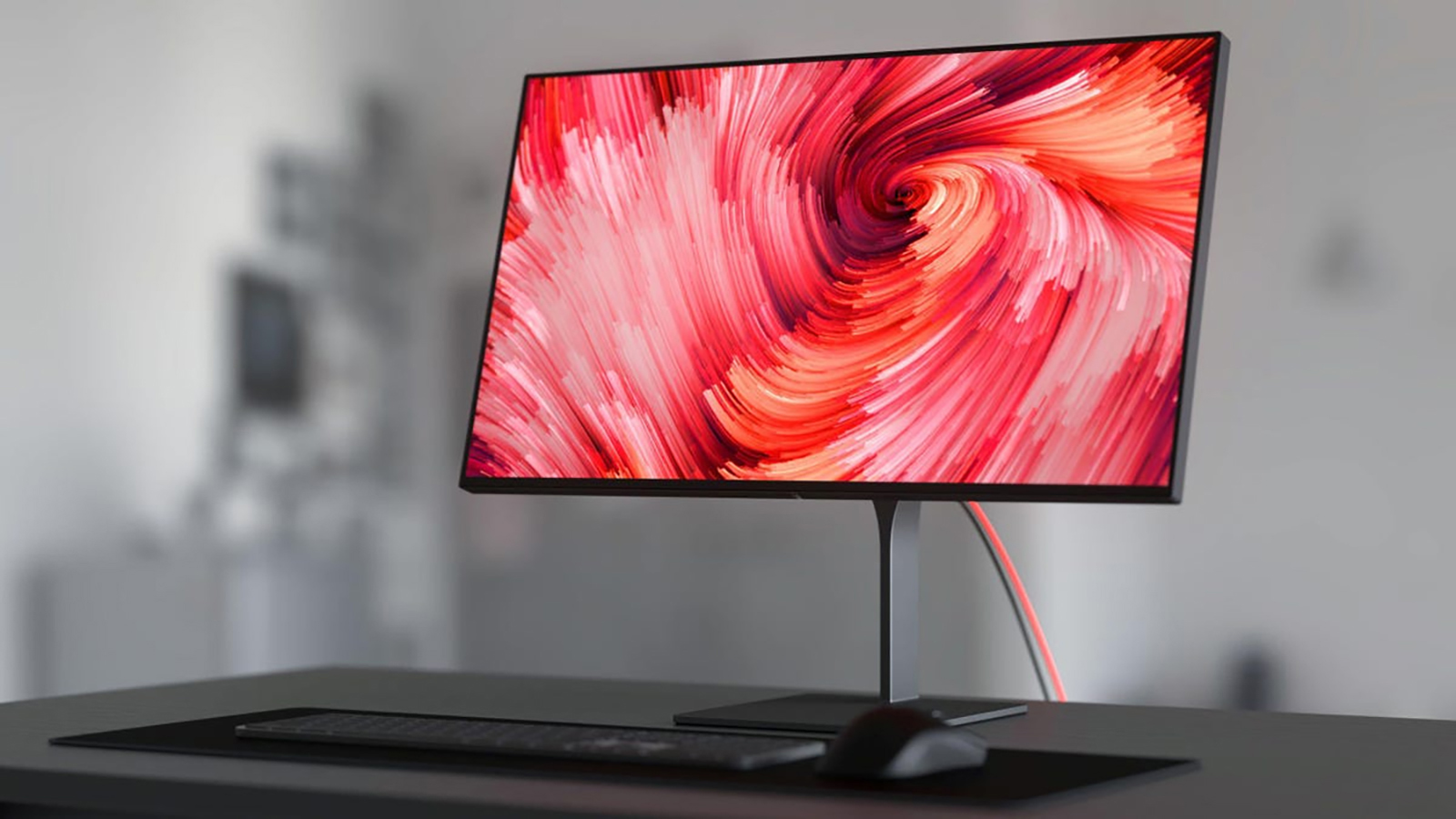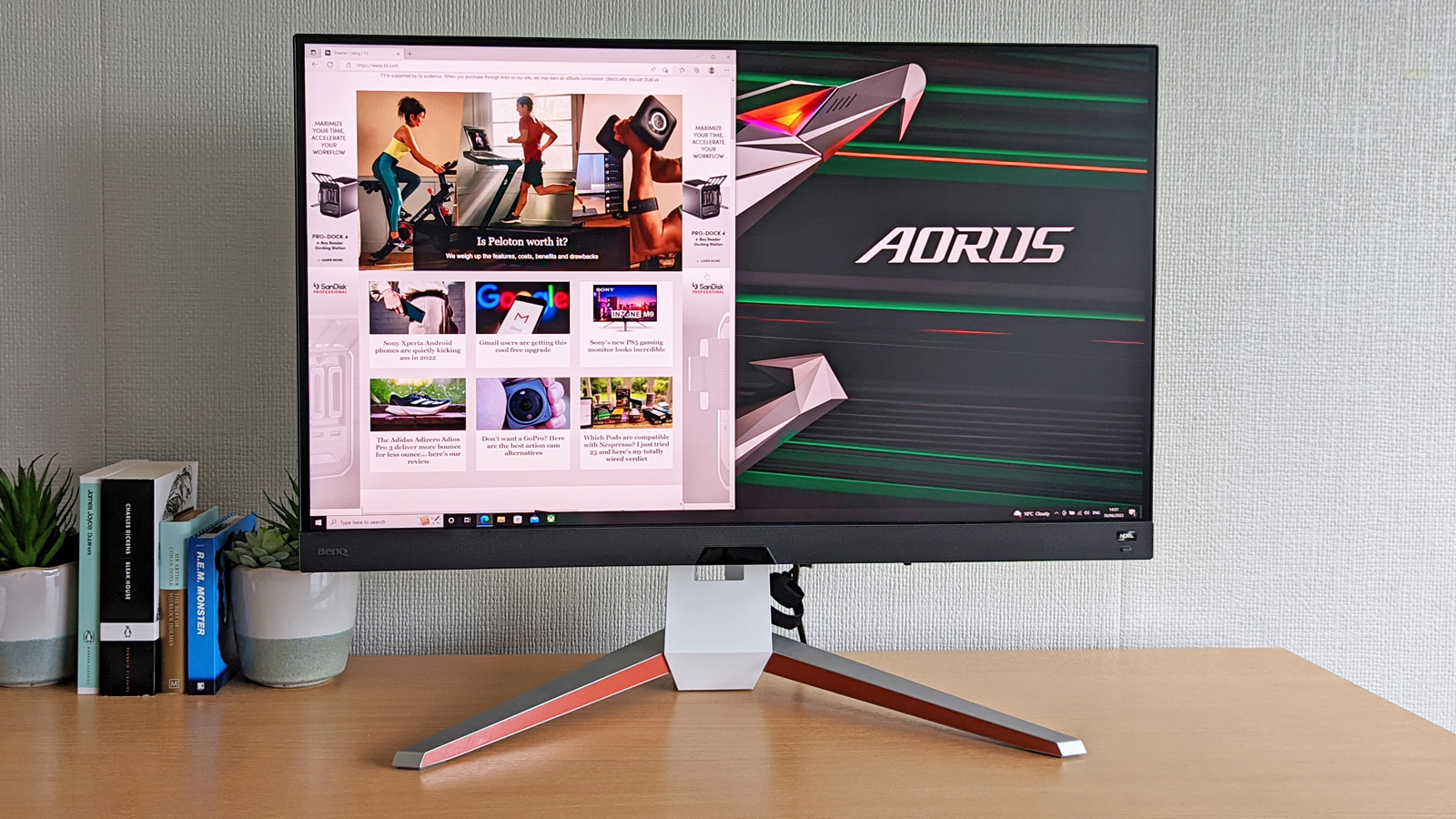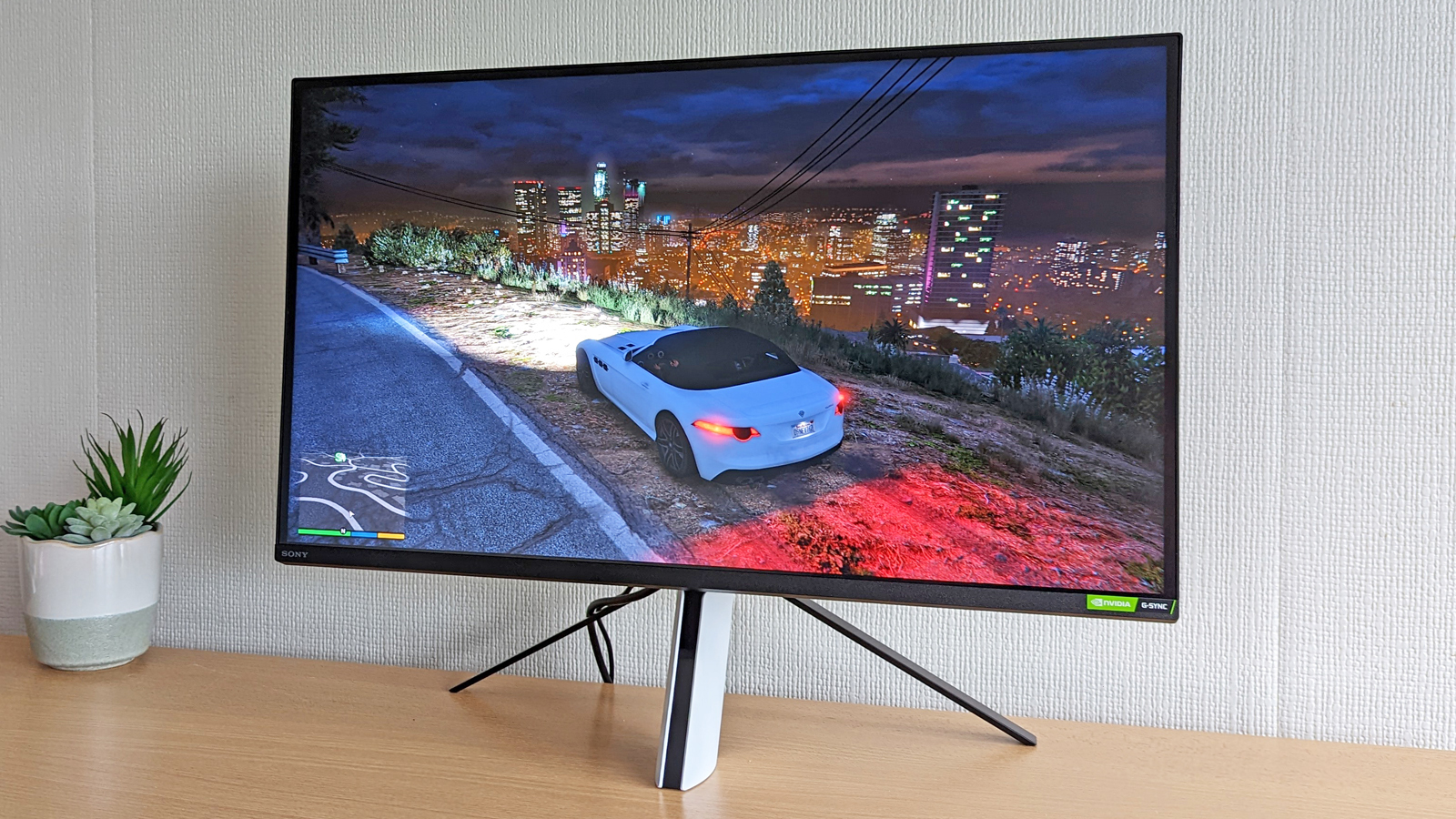4K monitors: 4 essentials to check when buying an Ultra-HD monitor
You won't regret your purchase if you make a few quick checks


It's a good time to be shopping for one of the best 4K monitors money can buy, because there are plenty of excellent models out there, all competing to be the one that gets you to part with your cash. The standard is high, and you'll find something out there to suit every taste and budget right now.
As with any tech purchasing decision though – from the best routers to the best laptops – it's important to do your research properly, and not to simply go all-in on the first stylish and powerful 4K monitor that catches your eye. You're likely to be spending quite a bit of money here, and you want to be spending that money wisely.
A lot of 4K screen shoppers will be after one of the best gaming monitors around, but whatever you're going to be using your new piece of hardware for, these checks should help you find the right model for you. We've got a host of expertise in reviewing monitors at T3, and this is what we've learned is most important.
1. Do some careful measuring
4K monitors come in a vast array of sizes (and aspect ratios), so be specific about the measurements that you want for your model. You might even want to cut out several sheets of cardboard at varying sizes to figure out which size is going to be best for your particular desk setup – more screen space is usually great of course, but you might not need it if you're sat right up close.
At certain sizes – below 27-inches, say – the benefit of all those pixels doesn't really show, so you might be better off getting something that's set at a lower resolution and that won't cost you so much money. At bigger sizes, especially if you're looking for one of the best ultrawide monitors, you're going to want more than the 'standard' 3840 x 2160 pixel 4K experience.
Don't discount the depth of a monitor either. It can make a real difference to where you're able to position it, especially with curved monitors. Also, consider the way in which a particular monitor can be rotated, tilted and swivelled: the more options you have here, the more options you have in terms of where to put it.

The BenQ EX3210U Mobiuz
2. Weigh up the port options
Be absolutely sure to check the port options you get with the 4K monitors that are on your shortlist – not only how many of them there are, but also the exact specifications of those ports. Many of us attach more than one device up to a monitor, and it's important to have that flexibility when it comes to swapping between input sources.
Get all the latest news, reviews, deals and buying guides on gorgeous tech, home and active products from the T3 experts
Take HDMI, for example: the latest standard you'll find on consumer monitors is HDMI 2.1, with the 4K 120Hz support that's important for gamers. However, not every HDMI port on every 4K monitor runs to this spec, so it's important to check for this (and support for other features such as Nvidia G-Sync and AMD FreeSync).
Even if you're only planning to connect up one laptop or console initially, you never know what you might need in the future, so it's good to have some room to expand. You can also save on ports by getting a monitor with the most popular streaming apps already built into it, no connections required – the Samsung M8 Smart Monitor, for instance.
3. Some specs are more important than others
Every 4K monitor comes with a long list of specs that you're going to want to pore over, but some of these specs will be more important than others, depending on what you're wanting to do with your new hardware. Are you gaming? Working? Watching movies? Or a combination of everything?
For gamers you want fast refresh rates and low response times; for the best entertainment experiences it's a good idea to consider OLED panels; and for creative work you're going to need to look at the colour space and colour calibration features offered by the monitor. You'll find that most monitors focus on getting certain specs the best that they can be, while not caring too much about others.
There are 4K monitors out there that can do a bit of everything: that's great, but it also means they're usually not the best-in-class at any one specific job. You're going to have to think about where you want the compromises and the trade-offs to be made before you make your mind up about which monitor to purchase.

The Sony Inzone M9
4. Consider the extras you get
There are more additional features and extras to consider than you might think. Gamers, for example, might want to check out monitors that come with integrated lighting systems that can illuminate gameplay – if this is on your wishlist, then it's a good idea to prioritise a monitor that's compatible with any other gadgets you've got with integrated lighting (such as the best gaming headsets).
If productivity is more important to you, then a lot of 4K monitors now come with USB hubs. That means you can plug extras like a mouse and a keyboard directly into the monitor rather than a laptop, say, or have your peripherals charging on your desk while you're working on your monitor.
Built-in speakers really help too, because it means you don't have to worry about connecting speakers or hooking up headphones. Once you've run through all of the checks that we've mentioned above, you should be a lot closer to finding the right 4K monitor for you – and putting your money down with confidence.
Dave has over 20 years' experience in the tech journalism industry, covering hardware and software across mobile, computing, smart home, home entertainment, wearables, gaming and the web – you can find his writing online, in print, and even in the occasional scientific paper, across major tech titles like T3, TechRadar, Gizmodo and Wired. Outside of work, he enjoys long walks in the countryside, skiing down mountains, watching football matches (as long as his team is winning) and keeping up with the latest movies.
